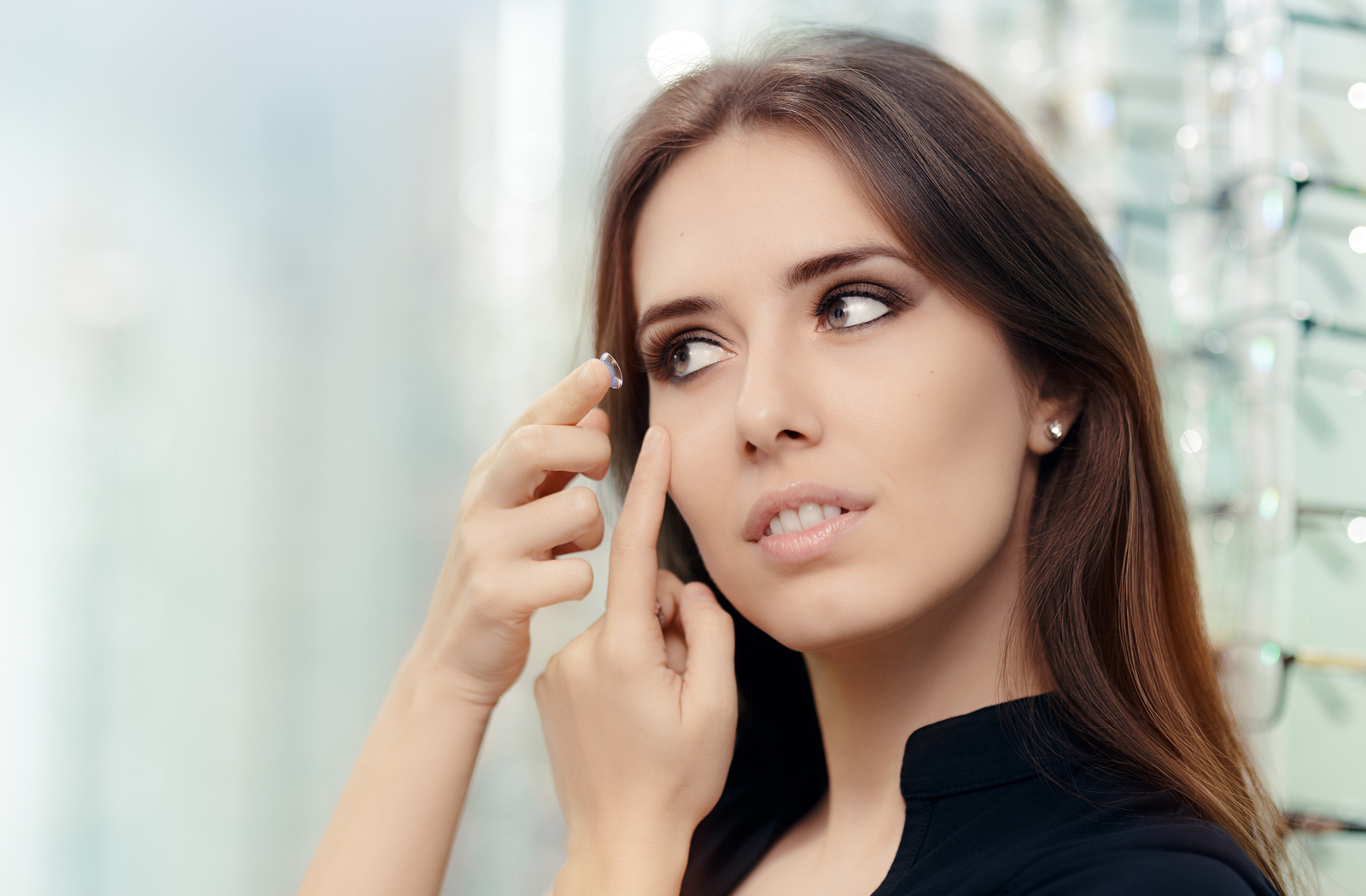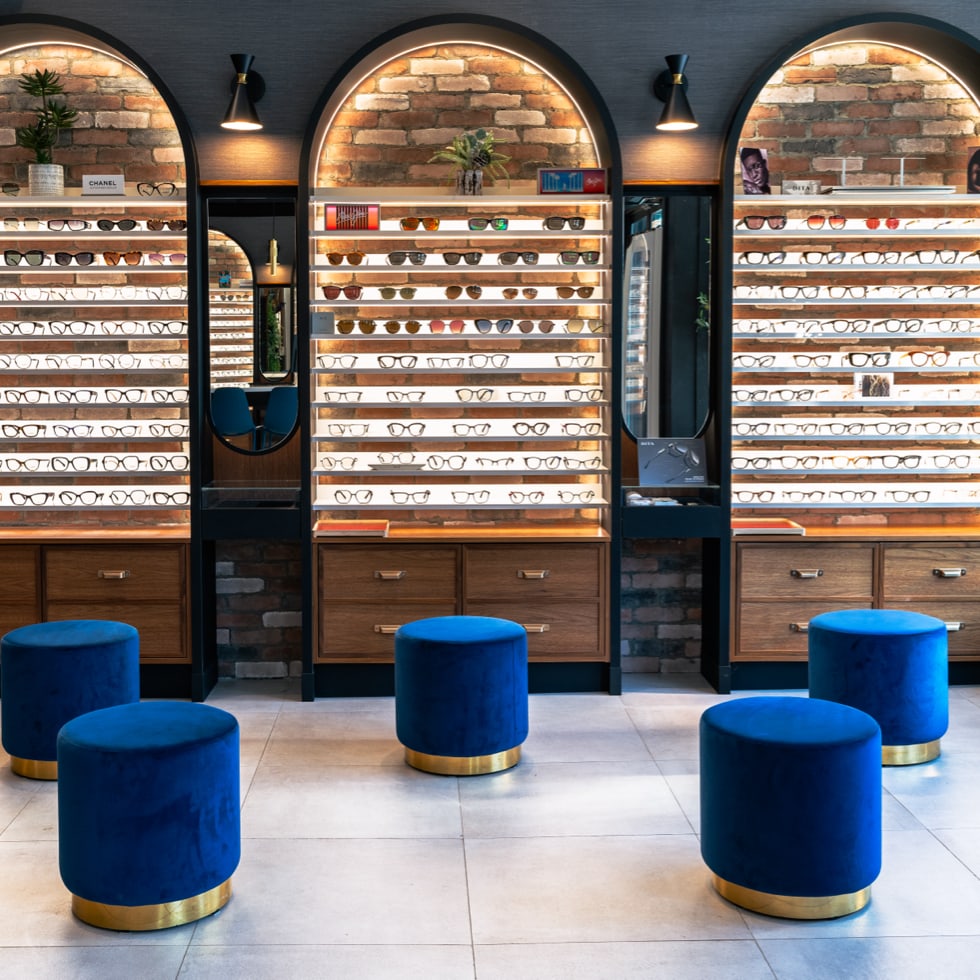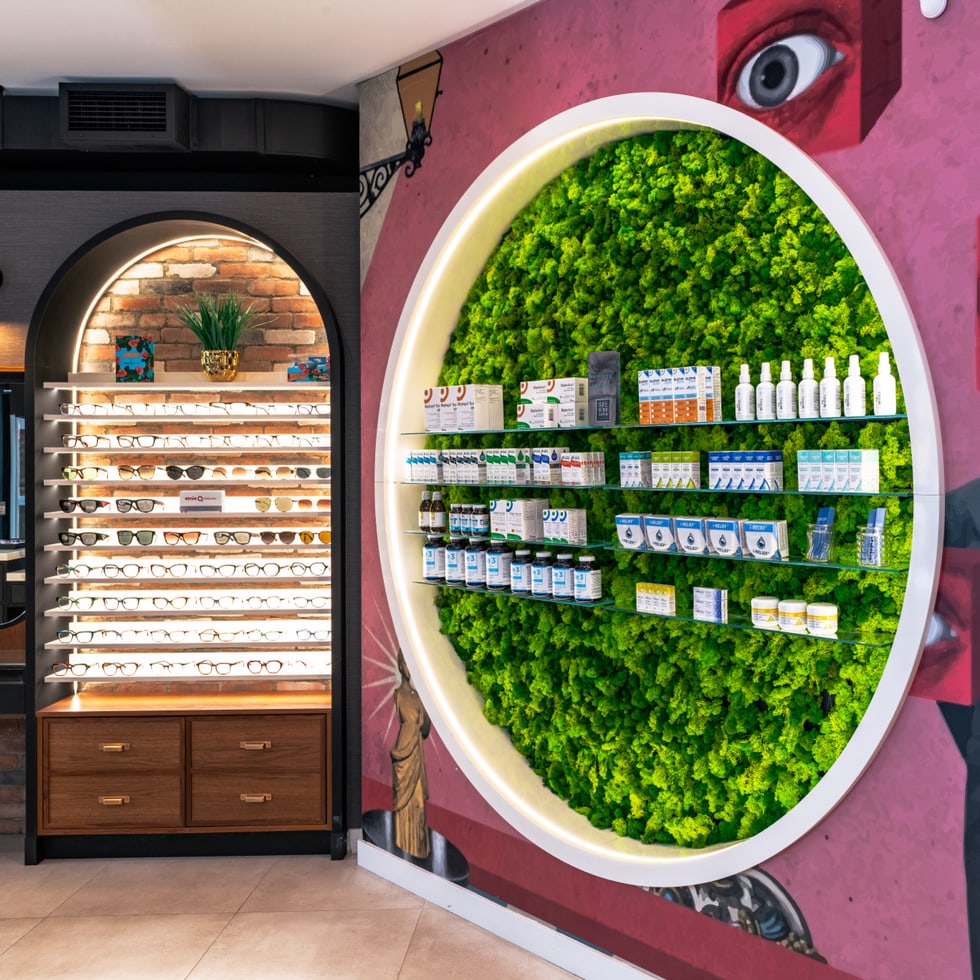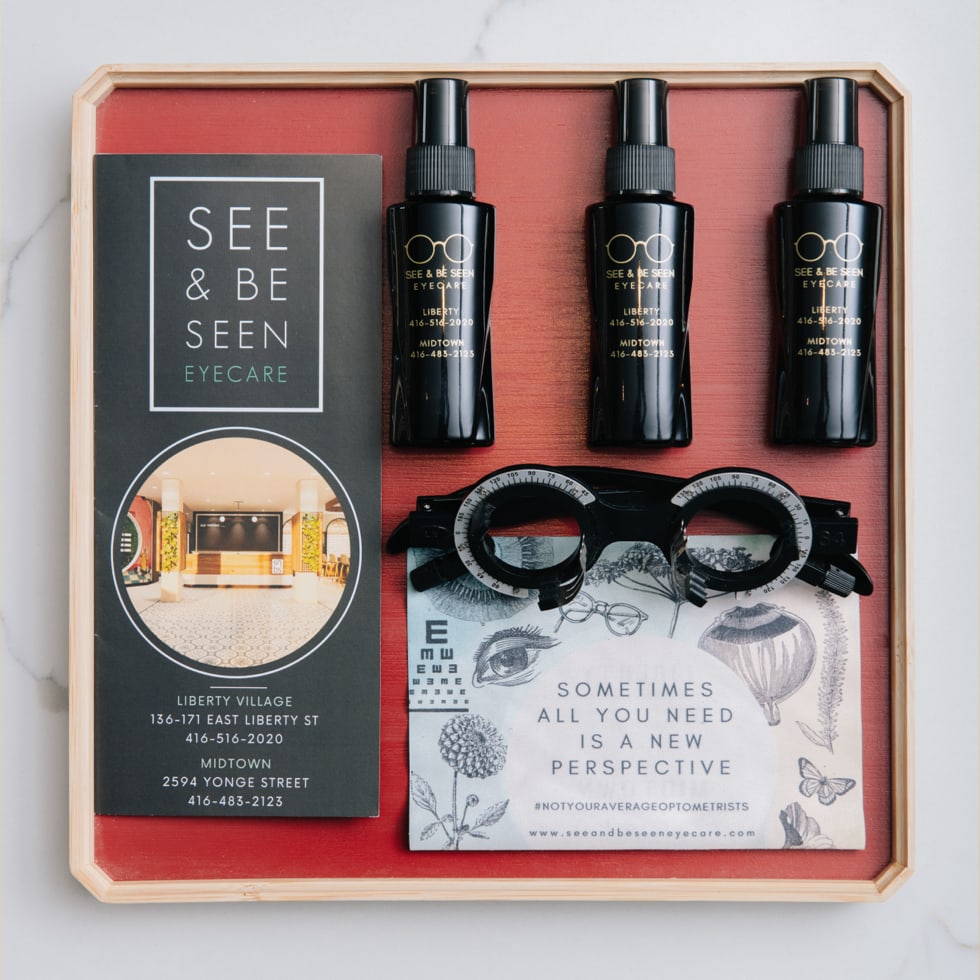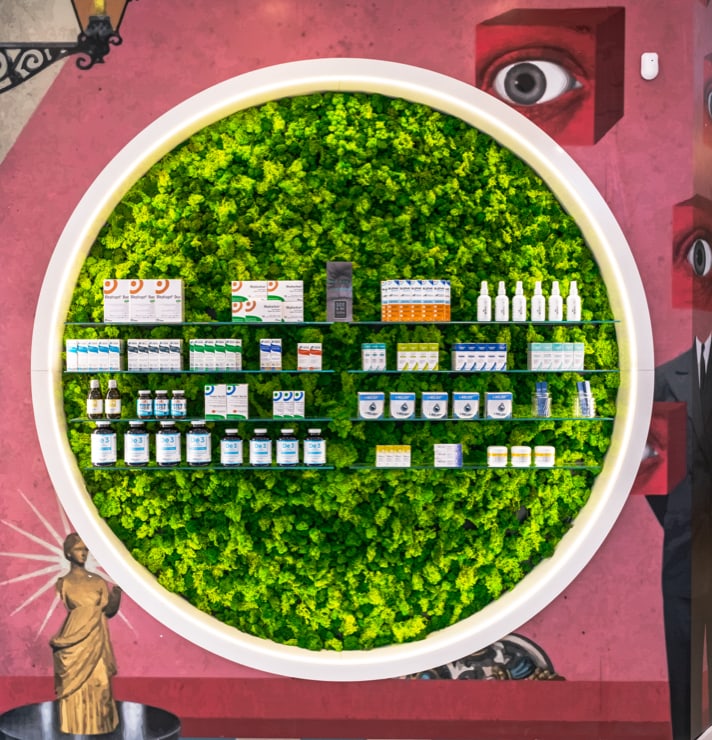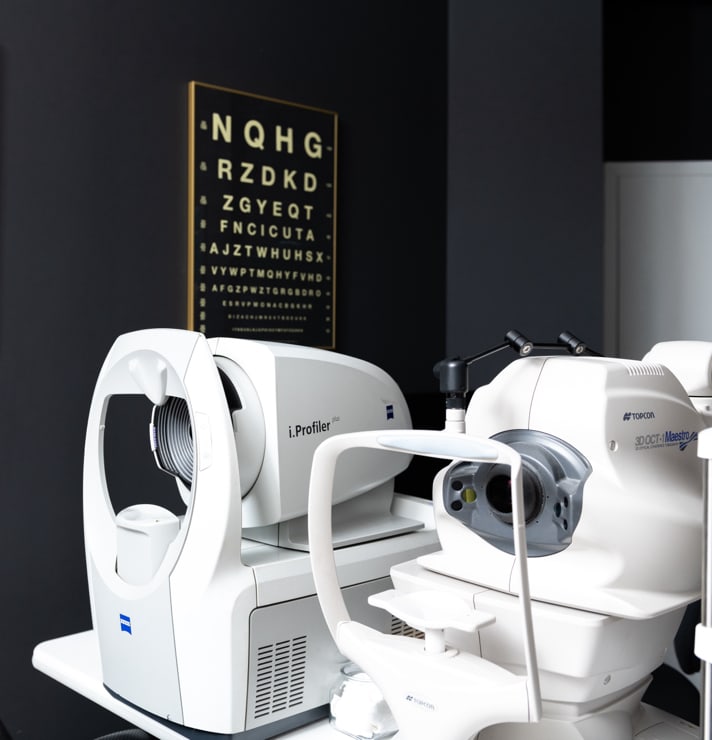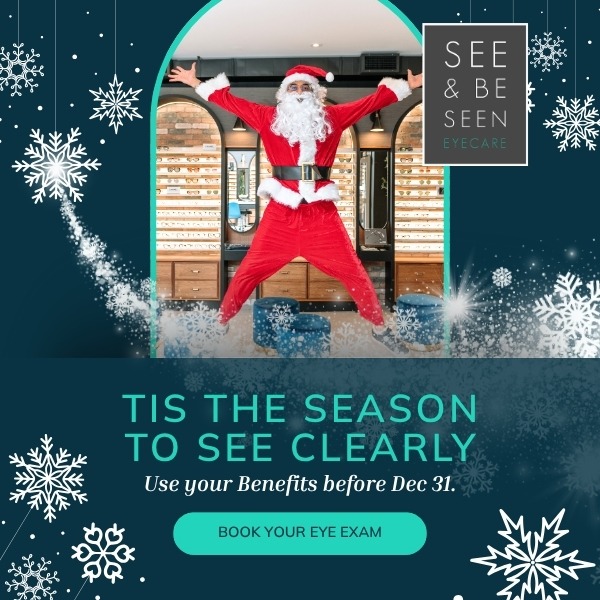If you suffer from dry eyes disease, you may have heard that contact lenses aren’t the best option for you. That’s where scleral contact lenses come in. And when it comes to contact lenses, you’ll want to consult with your optometrist to find out if scleral lenses are suitable for you.
Dry eye disease is an eye condition that can bring discomfort and be stressful to deal with and manage. But how do scleral contacts help with dry eye? And how do they differ from other contact lenses?
Let’s explore how scleral contact lenses can help with your dry eye symptoms and learn more about scleral contact lenses.
Scleral Contacts & Dry Eye
When you struggle with dry eye disease, the discomfort can be annoying to deal with. For contact lens wearers, it can be even more of a problem.
Dry eye disease occurs when your tears cannot provide the proper amount of lubrication for your eyes. Anything disrupting that lubrication process for your eyes can cause a dry eye flare-up.
Some of the symptoms you’ll experience with dry eye include:
- Dryness
- Burning and irritation
- Itchiness
- Blurred vision
- Sensitivity to light
- Redness
It can be inconvenient when these symptoms appear, especially if you routinely wear contact lenses.
That’s where scleral contacts come in.
Scleral contacts don’t touch the surface of the cornea directly. Because of that, they leave space between the cornea and the back of the scleral contact. This space is filled with solutions that keep your eyes hydrated throughout the day.
Due to the size of scleral lenses, the extra coverage can do wonders for comfort while also allowing space for your eyes to breathe.
Scleral contacts provide relief, allowing you to keep the look you want without dramatic changes to your unique aesthetic.
So, you know how scleral contact lenses can help with your dry eyes, but you may be wondering what they are. Let’s explore what makes up a scleral contact lens.
What Are Scleral Contact Lenses?
Scleral contacts are large-diameter gas-permeable contact lenses designed to cover the entire corneal surface and rest of the sclera. Scleral contacts can morph an irregular cornea into a smooth optical surface.
Scleral contacts are gas-permeable, allowing oxygen to reach the eye’s surface, resulting in more breathability for your eye.
Some things to note about scleral contacts:
- Scleral contacts are noticeably larger than standard gas permeable contacts.
- The smallest scleral contacts are about 14.5mm in diameter, and the largest can be up to 24mm.
- In comparison, soft contact lenses are generally 12.0 mm in diameter.
- Smaller scleral and mini-scleral contacts can be easier to apply
Scleral contacts are a great option for people who prefer contact lenses over glasses. People with irregular eye issues and dry eyes cannot wear regular gas-permeable contacts.
Pros & Cons of Scleral Contacts
With the technical details of scleral contacts laid out, it’s important to understand some pros and cons.
Some pros of scleral contacts are:
- They can accommodate irregular corneas (like keratoconus, or post laser corneas).
- They provide more stability than regular lenses.
- Scleral lenses are ideal for people who have suffered damage to any corneal tissue.
- You’ll experience consistently clear vision.
Some cons of scleral contacts include:
- The fitting process can be time-consuming, requiring multiple visits.
- Scleral contacts may require extra cleaning throughout the day.
- The cost can vary and be as high as $1500 per eye.
Knowing all about scleral contacts can help in your journey to combat dry eye disease.
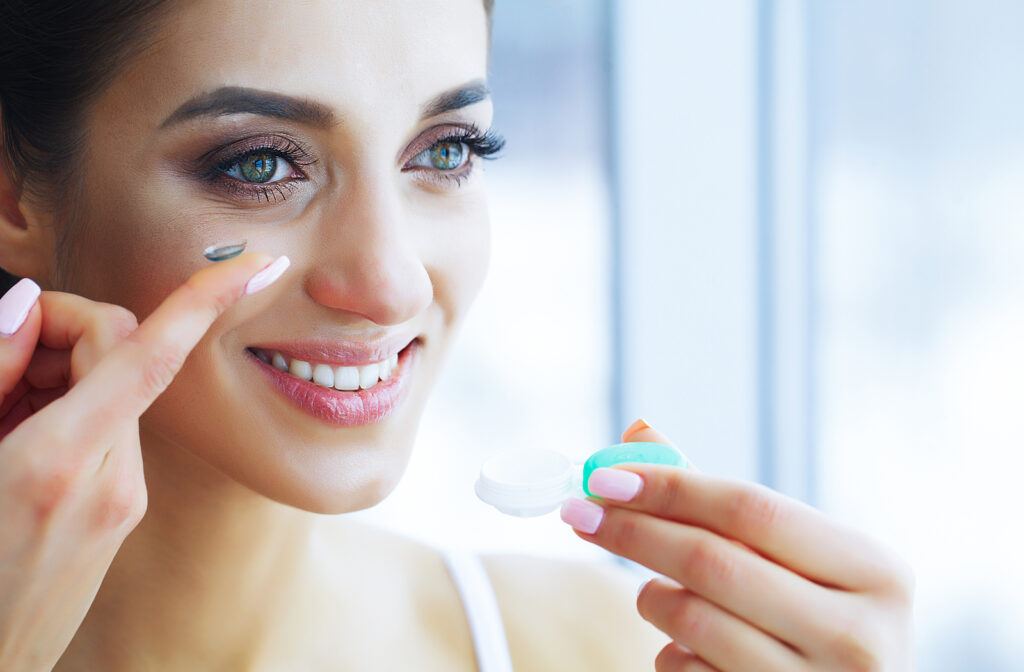
The Scleral Contacts Solution
Scleral contacts can be a great choice if you’ve always struggled with irregular eye issues or dry eye disease and you don’t tolerate regular contact lenses well.
Book an appointment with your optometrist today and learn more about how scleral contacts can help with your dry eye issues.

